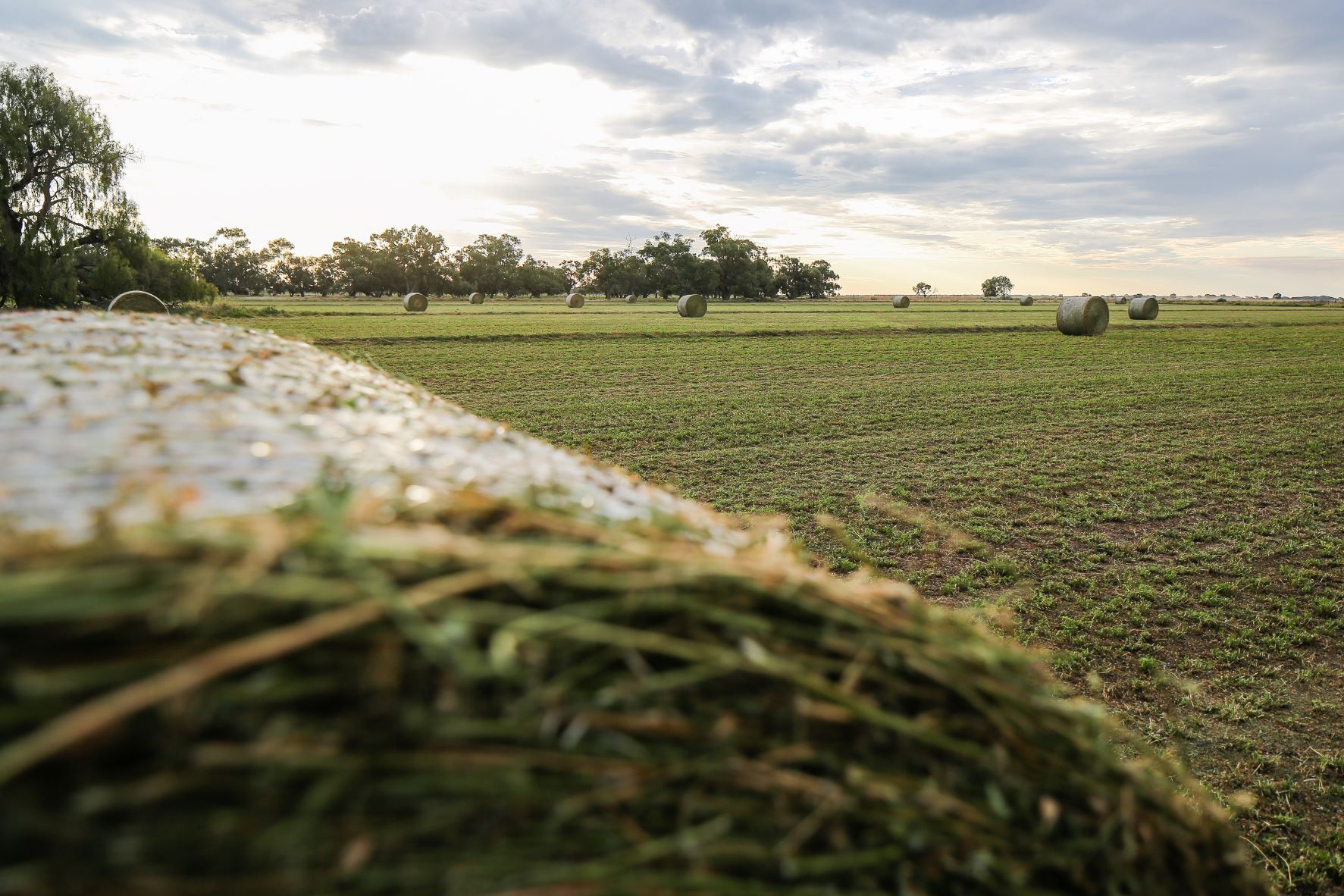Season good, but watch for issues
13 Jul 2021
 PRODUCTION ADVICE - JULY 2021 - AGRONOMY
PRODUCTION ADVICE - JULY 2021 - AGRONOMY
By Janelle Jenkins
Mixed Farming Officer
M: 0427 639 947 | E: janelle.jenkins@lls.nsw.gov.au
The recent winter rainfall has resulted in a rapid turnaround for many areas after a very dry April. However, even a good season can have its own issues and considerations:
- Animal health issues can occur when stock are grazing pastures that are highly digestible and have a high moisture content. Often scouring can occur when grazing lush green pasture (however it also pays to check the scouring is not the result of an internal parasite problem). In the case of green pasture-induced scouring, the addition of hay or a roughage source (e.g. straw) can alleviate symptoms.
- Grazing crops are commonly being used to fill a winter feed gap in the area. If managed well, grazing crops can both increase winter grazing and extend the grazing period (where grain recovery is not required). Grazing cereals can produce up to 8 kg DM per ha /day more feed compared with annual grasses in June and July. If grain recovery is a consideration, it is important to monitor the crop closely to ensure that stock is removed at the beginning of stem elongation, or grain yield will be compromised. Grazing crops can also result in animal health issues such as pulpy kidney, grass tetany, milk fever and, where the crop is fertilised with nitrogen, nitrate poisoning. Vaccination and planning can help avoid the potential downsides of grazing crops.
- Grass seed control can be effective during the winter months for the upcoming spring. Grass seed contamination of carcasses costs the prime lamb and sheepmeat industry dearly in lost production and wastage. Grass seed infestation can reduce animal growth rates and cause welfare issues (puncture injuries to skin and eyes), wool contamination and costs to processors. Some of the common culprits are barley grass, some brome grasses, needle grasses, erodium, vulpia, speargrass and wiregrass. There are several long- and short-term strategies that can help you get on top of this problem. For example, some agronomic options are winter cleaning, spray topping, pasture improvement, hay- or silage-making and slashing. You could also consider not grazing known problem paddocks during the danger periods and timing your shearing or feed lotting at certain times to eliminate animal exposure.
 Spring fodder conservation, either silage or hay-making, needs to be planned well in advance. Due to the good winter and hopefully a reasonable spring, it may be possible to have extra feed on hand later in the year. If this is likely, making silage or hay is one option to do this. Planning now can improve the quality and quantity of the fodder conserved. Only good-quality pasture/crop can produce good-quality fodder. Poor-quality pasture will never produce good-quality fodder, but the cost to make it will be the same. Always consider the quality of what is to be conserved. Think about the fertility of the paddock. Will the paddock be able to grow the maximum volume or is there a nutrition impediment that could be easily overcome now? Because digestibility decreases as plants mature, try to have the chosen paddock evenly grazed so that the regrowth across the paddock occurs at a similar rate after the paddock has been locked up. If a paddock is unevenly grazed, the more mature plants can reduce the overall quality of the conserved fodder.
Spring fodder conservation, either silage or hay-making, needs to be planned well in advance. Due to the good winter and hopefully a reasonable spring, it may be possible to have extra feed on hand later in the year. If this is likely, making silage or hay is one option to do this. Planning now can improve the quality and quantity of the fodder conserved. Only good-quality pasture/crop can produce good-quality fodder. Poor-quality pasture will never produce good-quality fodder, but the cost to make it will be the same. Always consider the quality of what is to be conserved. Think about the fertility of the paddock. Will the paddock be able to grow the maximum volume or is there a nutrition impediment that could be easily overcome now? Because digestibility decreases as plants mature, try to have the chosen paddock evenly grazed so that the regrowth across the paddock occurs at a similar rate after the paddock has been locked up. If a paddock is unevenly grazed, the more mature plants can reduce the overall quality of the conserved fodder.